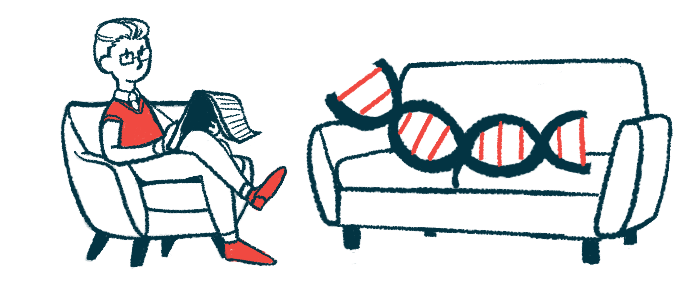Bluebird responds to FDA request for gene therapy’s production process
Key step to requesting US approval of lovo-cel to treat sickle cell disease
Written by |

Bluebird Bio has provided the U.S. Food and Drug Administration (FDA) with information regarding the commercial manufacturing of its experimental gene therapy for sickle cell disease (SCD) in preparation for requesting its approval.
The company had expected to submit a biologics license application seeking the approval of the therapy, lovotibeglogene autotemcel or lovo-cel, to the FDA earlier this year.
In February, however, the agency asked for more information to ensure production processes for the commercial use of lovo-cel are comparable to those used in clinical testing. Because the treatment uses the patient’s own stem cells, which are altered and then infused back to the patient, the complex manufacturing process is a key aspect to take into consideration.
Bluebird now has responded to FDA feedback on manufacture comparability — referred to as chemistry, manufacturing, and controls (CMC) comparability — and is expecting a response “within a matter of weeks,” according to a company press release.
Sickle cell gene therapy in two ongoing clinical trials
The company also plans to request priority review of lovo-cel for SCD patients, ages 12 and older, with a history of vaso-occlusive crisis (VOC), a painful SCD complication. Priority review works to quicken an FDA approval decision.
“We … remain laser focused on our lovo-cel BLA for sickle cell disease,” said Andrew Obenshain, Bluebird’s CEO. “Following feedback from the FDA in February, bluebird submitted additional information related to CMC comparability analyses to the FDA in early March.
“Most importantly, we know that patients and their families are waiting, and we will move quickly to expedite our BLA submission,” Obenshain said.
SCD is caused by mutations in the HBB gene, leading to the production of a faulty version of hemoglobin — the protein in red blood cells that transports oxygen. As a result, red blood cells acquire a sickle-like shape, becoming more fragile and prone to clumping. Misshapen red blood cells also can block blood vessels and trigger VOCs.
Lovo-cel, previously known as bb1111 or LentiGlobin, is a one-time therapy designed to insert functional copies of a modified HBB gene into blood stem cells isolated from a patient. When returned, the modified stem cells are expected to give rise to new red blood cells capable of producing a working version of hemoglobin.
The therapy is being evaluated in HGB-206 (NCT02140554), an ongoing Phase 1/2 study in up to 50 SCD patients, ages 12-50.
The FDA recently lifted a yearlong partial clinical hold on HGB-206 for patients younger than age 18 after an adolescent developed persistent anemia, a condition caused by a lack of healthy red blood cells, following treatment.
Investigation revealed the patient carried specific mutations in a gene that encodes a part of hemoglobin. As such, these mutations were added to the exclusion criteria for ongoing lovo-cel studies.
Trial data, released in December, showed the one-time gene therapy led to the sustained production of HbAT87Q hemoglobin and nearly eliminated severe VOCs in 29 patients at two years after treatment. HbAT87Q is the protein coded by the modified version of the HBB gene.
Bluebird also is recruiting for its open-label Phase 3 HGB-210 trial (NCT04293185) of lovo-cel in up to 35 adults and children, ages 2-50, with SCD. Eligible patients are being enrolled at sites across the U.S.
The Phase 3 study’s main goal is to assess the proportion of participants with a “complete resolution” of vaso-occlusive events at six to 18 months after treatment.
“Lovo-cel is the most deeply studied gene therapy in development for sickle cell disease, with more than 50 patients treated and multiple patients followed for more than six years,” Obenshain said. “We remain extremely confident in the quality of our BLA submission.”





